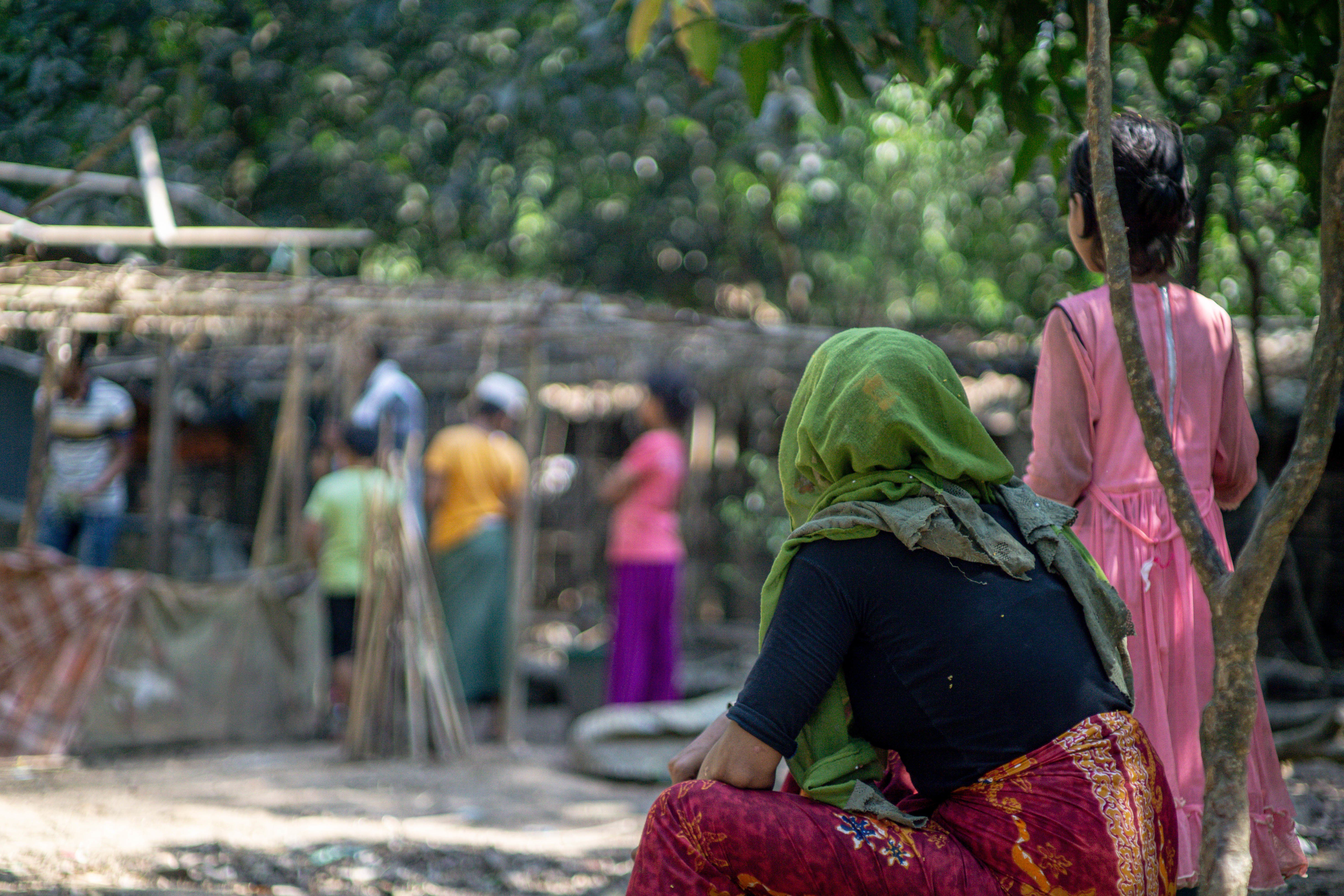Visual impairment high among Rohingya refugees

Rohingya refugees are three- to six-times more likely to be blind than the native Bangladeshi population, but there are replicable, low-cost models for provide effective eye care in crisis settings, a new study by the NGO Orbis International suggests.
Researchers reporting in PLOS Medicine compared vision screening results obtained from February 2018 to March 2019 between displaced Rohingya refugees based in the Kutupalong refugee settlement in Cox’s Bazar, Bangladesh, and local residents, as part of a cohort study.
They found that adult Rohingya had significantly worse eyesight than the equivalent age group of the 'host population' (p < 0.001), with the prevalence of blindness measured as visual acuity <3/60. However, Rohingya children aged 5-17 had better visual acuity than the host cohort.
Vision loss in both populations was primarily due to uncorrected refractive error and unoperated cataracts, with cataracts a particularly significant problem for working-age Rohingya adults. Compared to their counterparts in the host population, this group suffered substantially more from cataracts if they were aged 18-29 (4.67% versus 1.8%; p = 0.0019), 30-39 (7.61% versus 2.39%; p < 0.001) or 40-49 (7.91% versus 3.77%; p = 0.0014).Screening model
Between February 2018 and March 2019, Orbis screened a total of 48,105 Rohingya refugees in the Kutupalong settlement and 20,357 local host community residents from four surrounding subdistricts. Rohingya refugees received screenings in two fixed Camps (denoted 4 and 11) of the settlement.
Of those included in the study, 71.6% were children and 46.5% were female. Members of the host population sample were screened in vision care centres at local hospitals and schools. Of the these participants, 88.5% were children and 54.4% were female.
Patient screenings included examination of the anterior segment by hand light; vision assessment separately in each eye using a Snellen E chart; refraction by a trained a refractionist for any eye with presenting vision <6/12: and (in cases of suspected cataracts) dilation of the pupil.Treatment
Orbis provided spectacles free-of-charge to study participants who suffered from refractive error and researchers diagnosed the presence of cataracts using standard practices.
An ophthalmologist used a slit lamp to examine the anterior segment and performed direct ophthalmoscopy with dilation of the pupil to confirm a suspected diagnosis of cataract on screening, before measuring intraocular pressure, axial length and corneal curvature, blood sugar and blood pressure.
Patients with best-corrected visual acuity of 6/36 due to cataracts were referred for surgery, and the corrective procedure was made available to study participants with a visual acuity of up to 6/18 upon request. The operations were generally performed in one eye only.
Children who had failed the eye examination were treated at a specially constructed child-friendly department at the local secondary facility, the Cox’s Bazar Baitush Sharaf Hospital.Drawbacks
The study had a number of limitations. The researchers were careful to note that because the study was focused on clinic-based assessments, it was unable to provide the same results as a population-based survey.
In addition, the voluntary nature of the study meant that neither the Rohingya refugee sample nor the host sample were likely to be representative of the overall populations from which they were drawn. Dr Ahmed (the study author) and his team are hopeful, however, that their work can provide a model for more research into, and treatment of, visual impairment among refugee populations.
In recent decades, refugee populations have reached an all-time high, with the United Nations High Commissioner for Refugees estimating a total of 70.8 million displaced persons in camps around the world. Although there has been a growth in awareness of the necessity for treating chronic and acute medical conditions in people in conflict or crisis situations, research into refugees’ ophthalmological needs has lagged behind, and there are few documented models to deliver vision services in such settings, according to the researchers.
Visually impaired people are at an increased risk of poverty, with evidence demonstrating improvements in quality-of-life and increased household income following cataract surgery, according to the study. More research is needed to explore the impact of vision care on the well-being of displaced populations, the team concluded.
